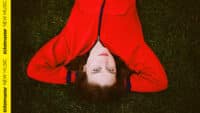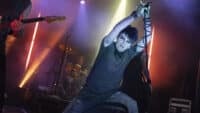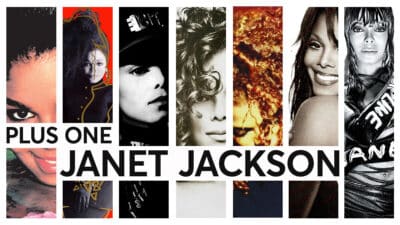Music
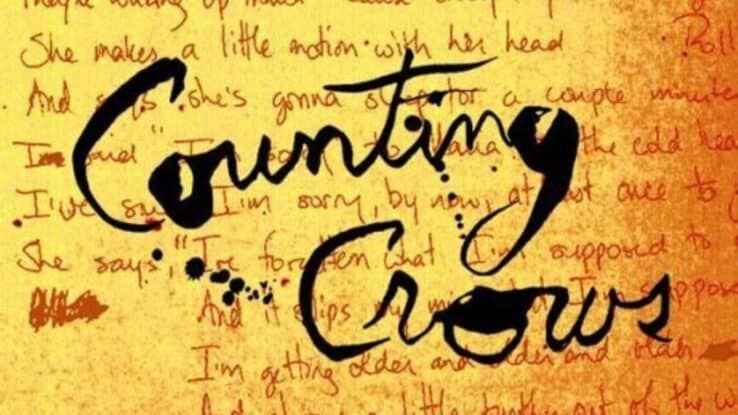
Looking Back
Counting Crows’ August And Everything After at 30
For its 30th birthday, we look back at Counting Crows' hugely successful debut album
Some records act as portals in time. It’s impossible to design them that way, it’s more a deeply embedded alchemy that immediately deposits you back where you were when you first heard them. I can’t think of any record that does that which as much precision as August And Everything After. That cyclical guitar line that opens ‘Round Here’ drops me right back to my first girlfriend’s bedroom, sat against the radiator, reading the lyrics and wondering how anyone could feel the world as keenly as Adam Duritz did.
These were the days before the internet, the days when friends came back from the US with CDs by artists you’d never even heard of, passing them around like missives from another world. You couldn’t casually look up Wikipedia and immediately know everything about a band. You had to scour Borders and record stores for magazines that might offer up some nugget of information. You ingested the liner notes for clues, seeking out the other bands mentioned in the thank yous. One night, I stayed up late listening to a rundown of the US Top 40 on an Irish radio station. I never found it again, making it seem like a phantom transmission that somehow possessed my yellow Sony ghetto blaster. But that night, I discovered at least four bands that I love to this day.
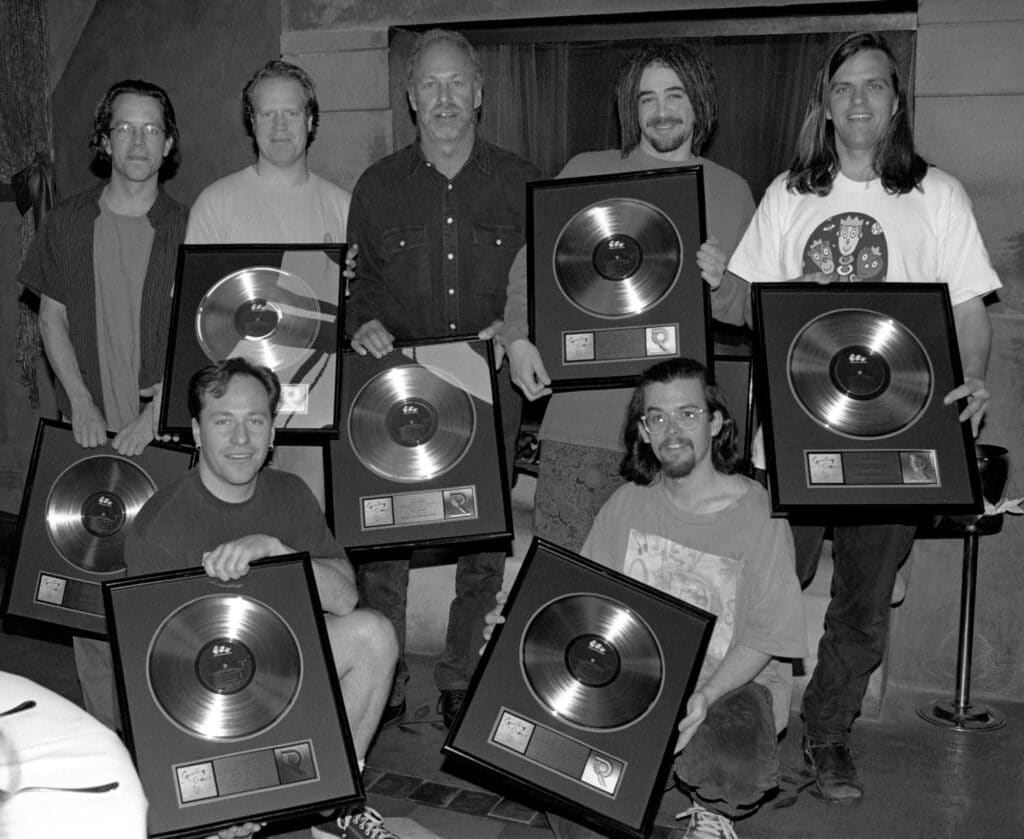
Those pre-internet days seemed ideal for a record like August And Everything After. Counting Crows are analogue to the core, steeped in the music of The Band and Van Morrison. Adam Duritz looked like the kind of English teacher who would lend Nick Drake records and tattered John Berryman paperbacks to his students.
Even the band’s route to their debut album is the stuff of another era. After expanding from the initial acoustic duo of Adam Duritz and David Bryson to a full band, Counting Crows recorded a demo that set the music industry alight. They were immediately the subject of a bidding war between nine record labels, eventually signing with Geffen. Before August And Everything After had even been released, they stood in for Van Morrison at his Rock & Roll Hall Of Fame induction.
The first single the band ever released remains their most famous song. ‘Mr Jones’ is essentially a conversation between friends, aspiring musicians shooting the sh*t and dreaming of a day when they’re massive stars. There’s a wide-eyed, agreeable innocence to Duritz’s fluctuating voice, even when desperation starts to creep in towards the end. It’s a timeless song about a timeless dream.
“When I look at the television I wanna see me, staring right back at me.” Once MTV seized upon ‘Mr Jones’, it propelled August And Everything After into the stratosphere, turning Duritz’s lyrics into reality. As a focal point, he was the utter antithesis of grunge: romantic, sensitive, vulnerable, more a disciple of the Laurel Canyon set than the Seattle scene. His open-hearted eloquence and emotive voice were perfect for the 90s college rock boom, elevating the band over many of their peers.
‘Round Here’ – the second single off the record – is a brave opener but it also offers a concise summation of Counting Crows. It seeps in, like the “ghost into a fog” that Duritz sings about. And then that chorus hits, his voice headed skywards against ringing guitar chords, building and building until the almost funky breakdown. To an angst-ridden teenager, the lines, “She looks up at the building / Says she’s thinking of jumping / She says she’s tired of life / She must be tired of something,” sung in a voice that’s reaching hysteria, seemed unbearably poignant.
In between the two singles, ‘Omaha’ drags The Band into the 1990s, Duritz’s conversational poetry winding along above an insistent accordion line and saloon piano. ‘Perfect Blue Buildings’ adds a banjo to a gentle ballad about a desperate need to escape. ‘Anna Begins’ boasts one of the band’s best choruses, echoing R.E.M. in how its subdued verses suddenly take flight. It’s an underrated marvel in the band’s arsenal.
Side B continues the startling run, from the hypnotic ‘Time And Time Again’ to the rollicking ‘Rain King’ and the gorgeous ‘Sullivan Street’, which deserved to be a 90s tear-jerking smash on a level with Lisa Loeb’s ‘Stay’. All it was missing was a Reality Bites to get it there.
‘Raining In Baltimore’ might be Counting Crows’ masterpiece, a fan favourite that has shredded hearts the world over. It feels mildly theatrical, like that moment when the lights all go out, but for one spot on the lonely protagonist. Nobody puts voice to long-distance loneliness quite like Adam Duritz. Over just piano and accordion, your heart breaks in tandem with his as he sings, “There’s things I’ll remember and things I’ll forget / I miss you, I guess that I should.” It all winds up with ‘A Murder Of One’, a surprisingly energetic closer after what’s gone before and maybe a nod towards the harder edge the band would adopt on Recovering The Satellites.
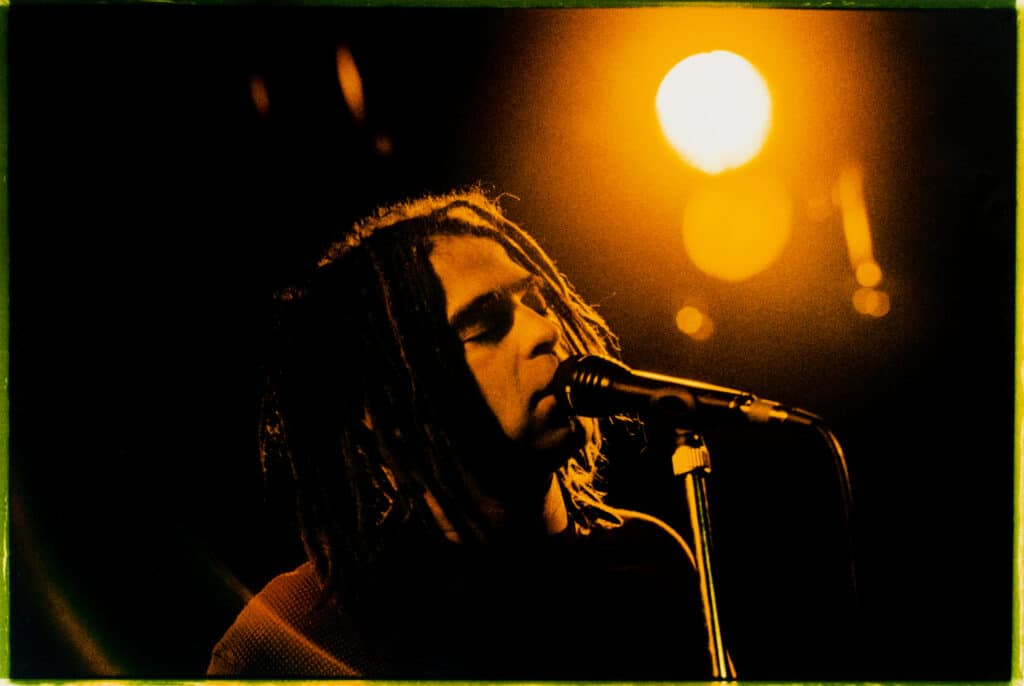
Throughout August And Everything After, T-Bone Burnett’s tasteful production keeps the record adrift in time. There’s nothing to tie it to its era and nothing to date it. It’s a miracle of sublime production, exceptional performance and flawless songwriting, made by a band unaware of what was coming but convinced of their ability to get there.
Like others before him, Duritz struggled with the success and turned against it in search of something more sustainable. The band made plenty of great records after August And Everything After, but there’s something special about this moment, where they were all potential and edging towards the dream. It’s no wonder it spoke to so many who hoped they were doing the same thing.




